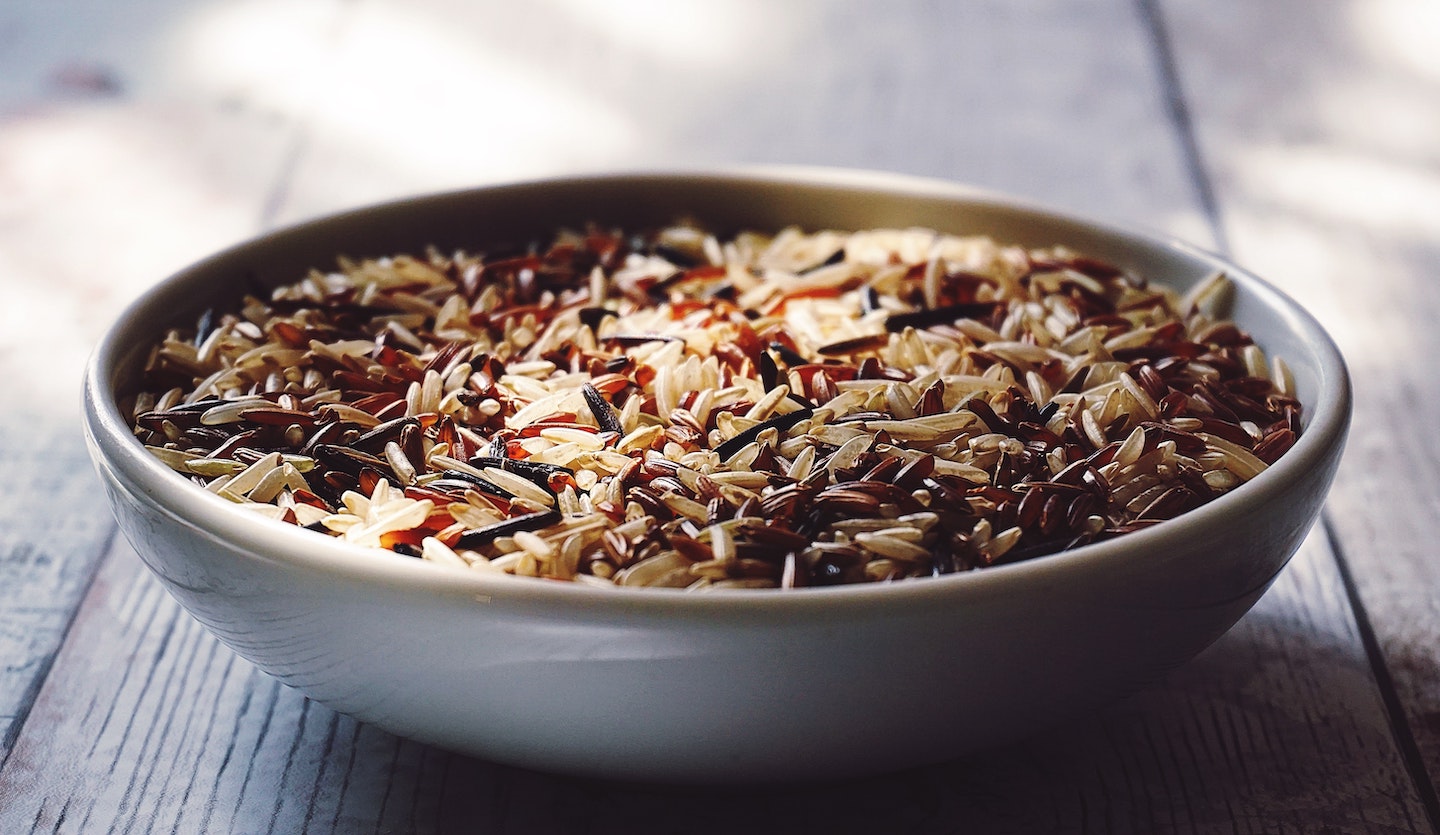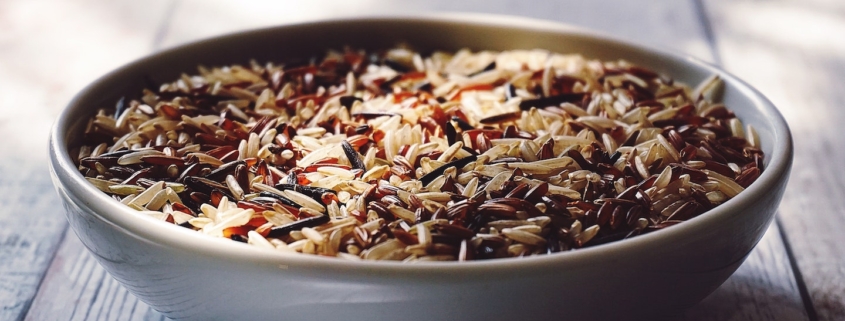Easy Ways to Get Your Family Aboard the Whole Grain Train!
 Choo! Choo! There’s a new train in town, and it’s express to a healthy gut. This train is the whole grain train, and it is ready for you and your family to step aboard.
Choo! Choo! There’s a new train in town, and it’s express to a healthy gut. This train is the whole grain train, and it is ready for you and your family to step aboard.
To understand what a whole grain is, you must first understand the anatomy of a grain itself. A whole grain consists of 3 parts: the bran, the endosperm, and the germ. The bran is the outermost layer which contains fiber, B vitamins, and minerals. The endosperm is the center layer and the largest, it contains carbohydrates and proteins. The germ is the smallest and innermost part and contains antioxidants, vitamin E, B vitamins, and healthy fats.
The reason you should understand this is to clearly see how many nutrients these small grains have to offer. When they are milled, or refined, like in white breads and rice, both the bran and germ are stripped off, leaving only the endosperm! What a waste of the good stuff!
Benefits of Whole Grains
Because of the various nutrients whole grains have to offer, they provide us with just as many health benefits:
Reduces heart disease and stroke: Because of the high fiber content of whole grains, it helps to increase your good cholesterol and reduce your bad cholesterol, thus leading to a healthier heart and reduced risk of developing cardiovascular disease!
Reduces risk of certain cancers: According to the American Institute of Cancer Research, whole grains contain many nutrients that can play a role in reducing cancer risk, especially antioxidants. By also increasing your plant intake, you will lower your animal and meat intake which helps in preventing numerous cancers as well.
Reduces chance of developing diabetes: Studies have shown that individuals who consume more whole grains rather than refined grains are less likely to have diabetes. This may be due to the high magnesium content as well as replacing your simple sugar intake with complex carbohydrates.
Reduces obesity: Whole grains are packed with fiber which helps you stay fuller for longer and can curb your appetite!
Ancient Grains
Grains have been a huge part of people’s diets for centuries and have provided excellent health benefits throughout the years. Many people are familiar with whole grains, but have you ventured into trying some of the ancient grains that have been around for centuries such as bulgur, quinoa, couscous, and amaranth that provide great health benefits?
Bulgur Wheat is a staple food in the Middle Eastern diet. It is a form of whole wheat and is easy to cook, requiring only soaking in boiling water for at least 30 minutes (2 cups liquid to 1 cup bulgur). Its robust flavor makes it a healthy change from rice or potatoes. It is an excellent source of insoluble fiber, promoting regularity and preventing constipation.
There are 3 types of bulgur: Course bulgur is used as a substitute for rice, Medium bulgur is used for cereal, and Fine bulgur is used in Middle Eastern dishes such as tabbouleh salad.
Quinoa was a staple food of the Incas over 5,000 years ago and was believed to give them power and stamina for fighting their warriors. Today it still holds true to be a healthy grain, containing quite a bit of protein, equivalent to that in milk. It has a light, delicate taste, and cooks quickly to a fluffy texture. To remove any residue, Quinoa should be rinsed under cold, running water and drained before cooking. First, toast the grain in a dry skillet for 5 minutes, then add 2 parts liquid to 1 part quinoa and bring to a boil. Simmer until the germ spirals out from each grain.
Couscous originated in Morocco and is made of small balls of dried semolina dough. It is a good source of protein; one cup contains 12% of the daily value. It is also an excellent source of antioxidant selenium. Significant sources of selenium are hard to find in food products, however, a cup of couscous provides 61 percent of the recommended amount.
Amaranth is another high protein-containing grain. The whole seeds can produce an oatmeal-like porridge. It is best to cook amaranth with rice or buckwheat to enhance the taste. Amaranth can be popped like popcorn for a healthy snack.
Remember, at least half of your grains daily should be whole, and you can be sure of this by the labeling under the ingredients list. Be warned, just because something is labeled “multi-grain” does NOT mean it contains whole grain. If it specifically states the word “whole” before the grain name, you are good to go!


Leave a Reply
Want to join the discussion?Feel free to contribute!